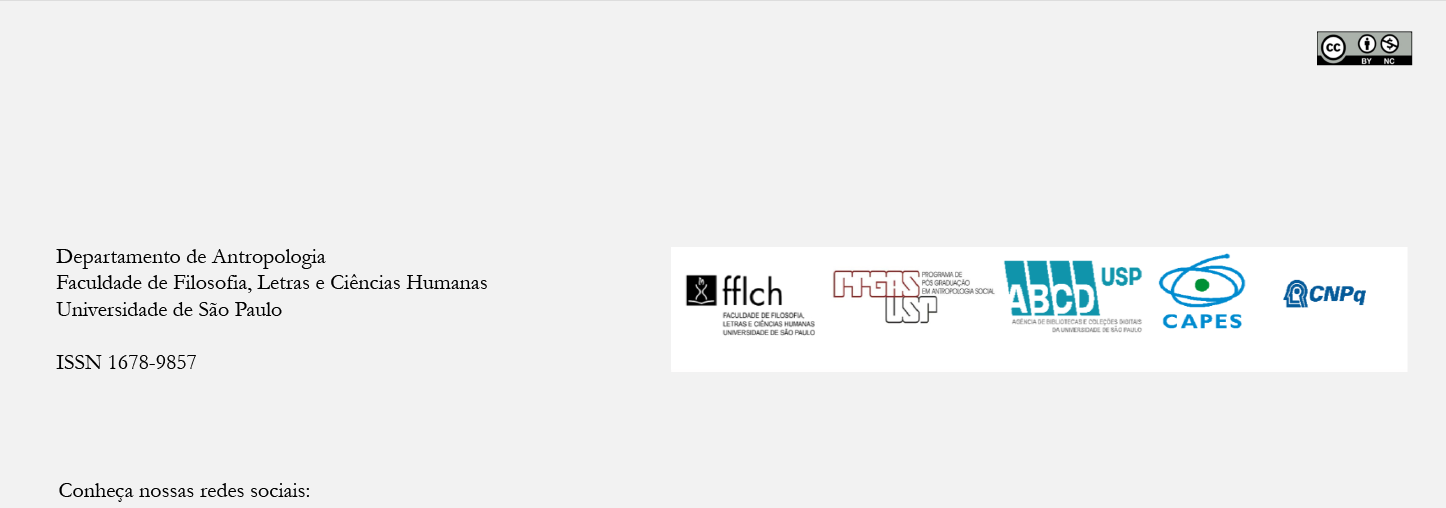Corpo e história do povo yurok
DOI:
https://doi.org/10.1590/S0034-77011998000200003Palavras-chave:
corpo, identidade, violência, povo Yurok, CalifórniaResumo
Os Yuroks do norte da Califórnia concebem o corpo enquanto superfície onde mudanças sociais e ambientais são inscritas. Mulheres Yurok atribuem a alta incidência de doenças degenerativas, dependência de drogas psicoativas e crescente criminalidade à violência e à brutalidade dos conquistadores espanhóis, caçadores de peles, garimpeiros e à política indigenista do governo norte-americano. Este artigo analisa oito gerações de dezesseis famílias extensas Yurok, mapeando mudanças ocorridas nas relações sociais e nas práticas políticas do povo. O trabalho aborda as transformações do conhecimento na constituição das ciências naturais e sociais, e o impacto desse conhecimento no território Yurok. Trata-se de uma investigação no campo da Antropologia Médica Crítica, que valoriza a correlação entre corpo e história. A Antropologia Histórica de Marshall Sahlins (1985, 1995), a teoria dos três corpos de Scheper-Hughes & Lock (1987) e o método genealógico de Foucault (1977) mostram como os eventos têm o poder de inscrever memória nos corpos dos indivíduos. É a partir de um conjunto transcultural de práticas híbridas e interdisciplinares, que a imagem que os Yuroks constroem do próprio corpo pode ser melhor compreendida.Downloads
Downloads
Publicado
Edição
Seção
Licença
Autores que publicam na Revista de Antropologia concordam com os seguintes termos:
a) Autores mantém os direitos autorais e concedem à revista o direito de primeira publicação, com o trabalho simultaneamente licenciado sob a Licença Creative Commons Attribution que permite o compartilhamento do trabalho com reconhecimento da autoria e publicação inicial nesta revista.
b) Autores têm autorização para assumir contratos adicionais separadamente, para distribuição não-exclusiva da versão do trabalho publicada nesta revista (ex.: publicar em repositório institucional ou como capítulo de livro), com reconhecimento de autoria e publicação inicial nesta revista.
c) Autores têm permissão e são estimulados a publicar e distribuir seu trabalho online (ex.: em repositórios institucionais ou na sua página pessoal) após o processo editorial, já que isso pode gerar alterações produtivas, bem como aumentar o impacto e a citação do trabalho publicado (Veja O Efeito do Acesso Livre).



